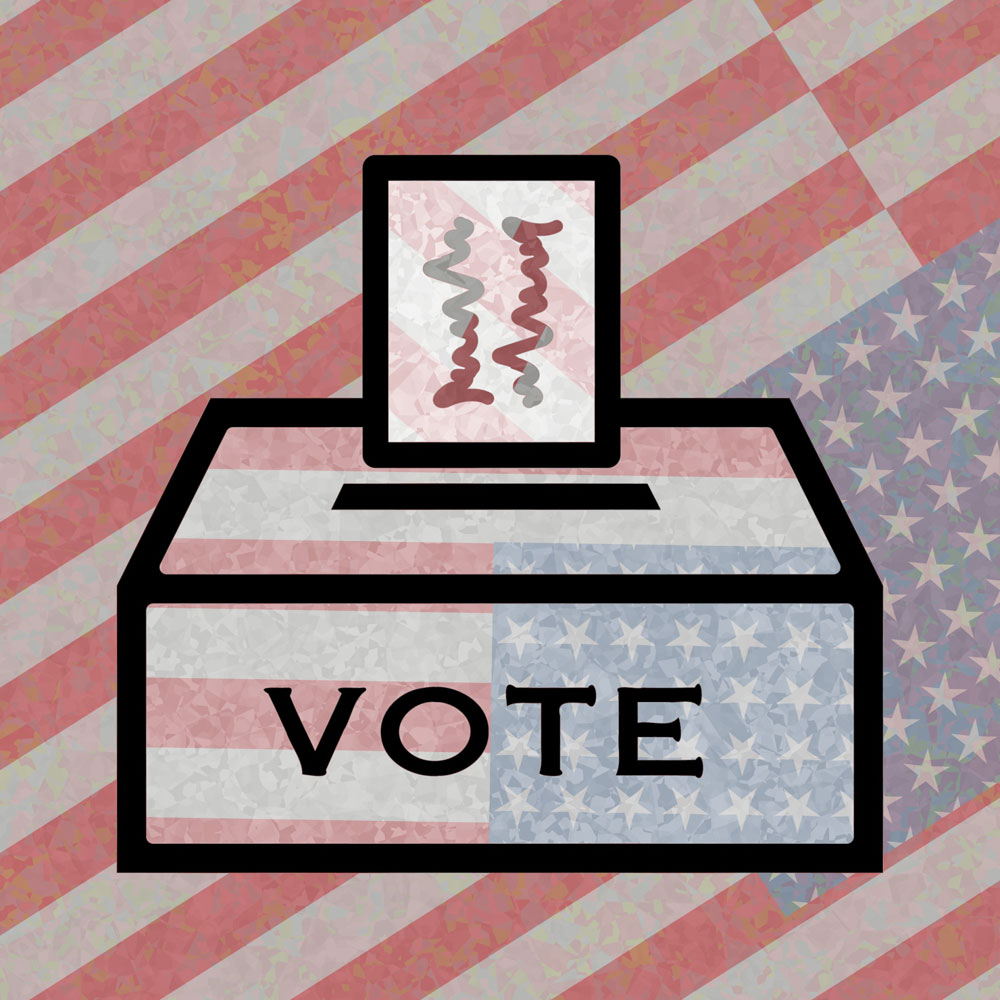
June 2, 2020; Christian Science Monitor and the Brennan Center for Justice
In 2014, the Washington Post examined one billion ballots and found a grand total of 31 incidents of possible voter fraud. In short, voter fraud in the US is less common than being killed by lightning—and yet debates about “preventing voter fraud” continue.
In fact, the Republican National Committee (RNC) has allocated up to $20 million to fight Democratic lawsuits that seek to expand voting. They are also building a corps of 50,000 poll watchers in 15 key states who will challenge the registrations of voters they believe might not be eligible to vote, according to the Guardian. This is the first time the RNC can do this since the 1980s, when a court order prevented them from engaging in “ballot security” efforts. That order expired in 2018. But the effort by states to build a robust vote-by-mail process before November has sparked both support and pushback. It has caused a resurgence of many of the myths of voter fraud.
The Christian Science Monitor published an article asking these questions of vote-by-mail: Is it safe? Is it fair? Is it ready for November? While all are valid questions, the article only provided partial answers, failing to give readers the context to evaluate key claims. For example, the article says, “While the number of known cases of voter fraud is extremely low—one study put it at less than 0.00000013 percent of ballots cast in federal elections—absentee voting is more susceptible to fraud than other forms.”
Sure. For argument’s sake, let’s say absentee voting is 100 times more susceptible to fraud than in-person voting. Sounds bad, right? In that case, there would be a 0.000013 percent chance of fraud. Is that significant?
NPQ has addressed vote-by-mail issue on more than one occasion (see here, and here), as well as the role the US Postal Service (USPS) might play.
One of the more disturbing parts of the Monitor article is that resistance to fair voting becomes a reason, in the eyes of reporter Christa Case Bryant, as to why fair voting might not occur. For example, “concerns about the reliability of the US Postal Service” only exist because Republicans in Congress have blocked post office funding. Bryant also raises concerns about gaps in election infrastructure and voter education that are real challenges, but hardly insurmountable ones.
Sign up for our free newsletters
Subscribe to NPQ's newsletters to have our top stories delivered directly to your inbox.
By signing up, you agree to our privacy policy and terms of use, and to receive messages from NPQ and our partners.
States seeking to broaden vote-by-mail can draw on the wisdom and experience of the five states began vote-by-mail long before this year’s pandemic. Writing for Politico, Zach Montellaro and Laura Barrón-López observe, “States that have already mastered massive vote-by-mail systems are serving as informal information clearinghouses for others, dispensing advice on everything from how to line up the best vendors for printing and distributing paper ballots to setting up drive-by or other drop-off points for voters who don’t want to rely on the US Postal Service.”
In addition, the National Association of Secretaries of State (NASS), who are the top election administrators from each state, have started holding weekly calls to discuss issues with holding elections during a pandemic.
“The secretaries are pretty good about being on the phone, [sharing] a few war stories,” says Iowa Secretary of State Paul Pate, a Republican and the president of NASS. “And also, to talk about some best practices and vendors that might be out there that we can tap into.”
A counterbalance to Bryant’s article can be found in a report from the Brennan Center for Justice: 10 Voter Fraud Lies Debunked. The Brennan Center begins with busting the most common myth—that vote-by-mail is rife with fraud. They explain clearly how extremely rare this is: In states that have held elections with voting by mail, none have had voter fraud scandals since they started doing so.
In its report, the Brennan Center examines some of the other most common myths about elections, voting and perceived fraud, including:
- Voter impersonation (voting and changing clothes and coming back to vote again)
- Compilation and use of misleading data by partisan groups
- The Kansas lawsuit claiming noncitizens were registering to vote in large numbers between 1999 and 2013, which blocked more than 31,000 Kansans from registering to vote between 2013 and 2016
- The use of flawed lists in Texas to justify voter purges
Clearly, perpetuation of these voter fraud myths does great harm. At a time when voting and voting rights, as well as the health and safety of voters, seem to be dominating news and politics, it is helpful to be able to separate fact from fiction. Changing our voting systems will not be simple; it will take new infrastructure, and time is a challenge. But scare tactics that suggest such changes will result in chaos or systems failure are a bit farfetched. Ensuring free and fair elections in November is important. Myth-busting should not need to be a part of it.—Carole Levine












